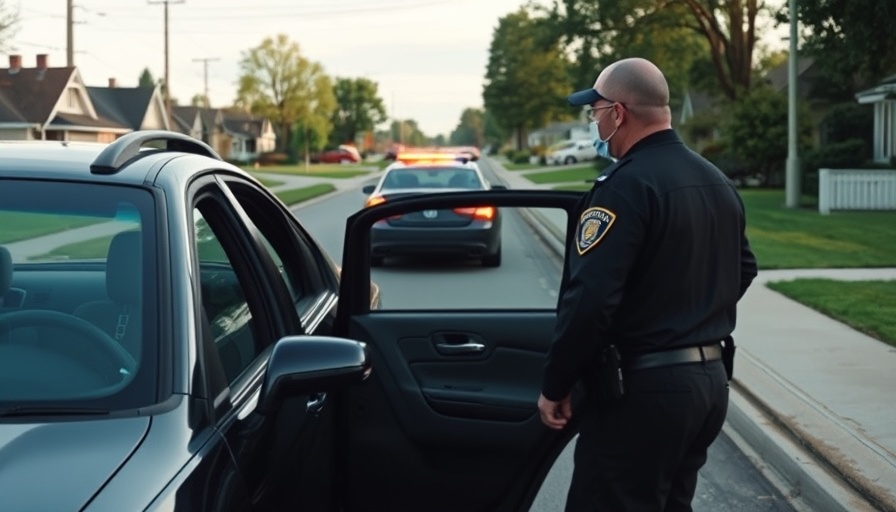
The Alarming Reality of Armed Encounters in Law Enforcement
In a harrowing event that unfolded in Jacksonville, Florida, a police officer faced a perilous situation where quick thinking and resilience proved crucial. On March 12, during a routine traffic stop, Officer A.C. Gaulding was ambushed by an armed suspect wearing a ballistic vest. As Gaulding approached the vehicle, the suspect originated the violence by opening fire, resulting in a frantic exchange of gunfire.
Body camera footage revealed the intense moments that followed, including Gaulding sustaining a foot injury amidst a volley of shots. This incident underscores the rising risks law enforcement officers encounter in their line of duty. Sheriff T.K. Waters expressed grave concern regarding the suspect's deliberate preparation for violence, highlighting the significance of equipping officers with adequate training and tools to handle such threats.
Preparation and Training: The Key to Officer Safety
The exchange of gunfire between Officer Gaulding and the suspect also brings to light the importance of comprehensive training and preparedness among police personnel. The growing prevalence of suspects with military-grade equipment, like ballistic vests and high-capacity firearms, necessitates an overhaul of training protocols in law enforcement agencies. Law enforcement training programs must evolve to prioritize situational awareness and tactical decision-making to bolster officer safety during violent encounters.
Technological Innovations in Law Enforcement
Drawing from this incident, integrating technology like body cameras and AI analytics can significantly enhance operational efficiency in police departments. Body-worn cameras not only document interactions for transparency but also act as deterrents against potential misconduct from both officers and civilians. Furthermore, police technology solutions like predictive analytics can aid in anticipating violent encounters by analyzing crime patterns, enabling proactive safety measures.
The Community's Role in Public Safety
As the Jacksonville incident illustrates, community relations and trust in law enforcement are paramount. An inclusive approach to police community relations fosters an environment where civilians feel empowered to report suspicious behaviors, leading to potential threats being neutralized before escalating. Law enforcement agencies should prioritize transparency and engagement with the community to build mutual trust and cooperation.
Looking Ahead: A Call for Policymaking and Advocacy
In light of this incident, there is an urgent need for policymakers to address pressing concerns regarding police equipment and training. A concerted effort towards police reform is vital to equip officers with the necessary resources and skills to navigate increasingly dangerous environments. By advocating for policies that provide adequate mental health support and practice methods for stress management, the intention is to create an atmosphere which prioritizes officer wellness alongside public safety.
As the law enforcement landscape continues to adapt to modern challenges, incidents like this highlight the critical intersection of technology, training, community engagement, and accountability. Every effort to improve these areas can lead to a positive impact not only on officer safety but also on the broader narrative of public trust in law enforcement.
Now more than ever, officers and departments alike must leverage the lessons learned from such incidents to foster a safer environment for both law enforcement personnel and the communities they serve.
 Add Row
Add Row  Add
Add 

 Add Element
Add Element 




Write A Comment